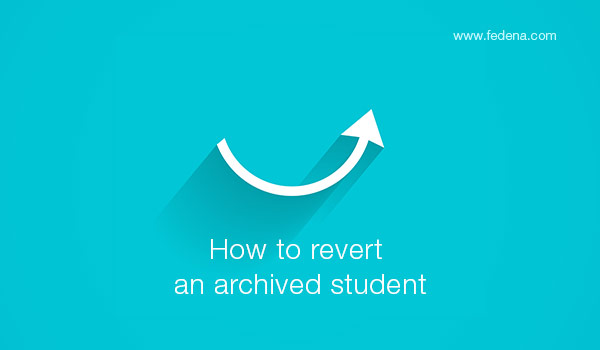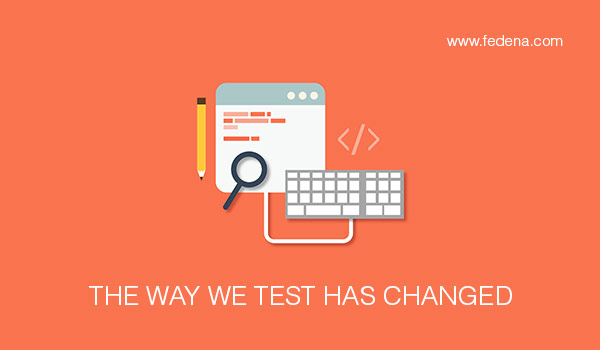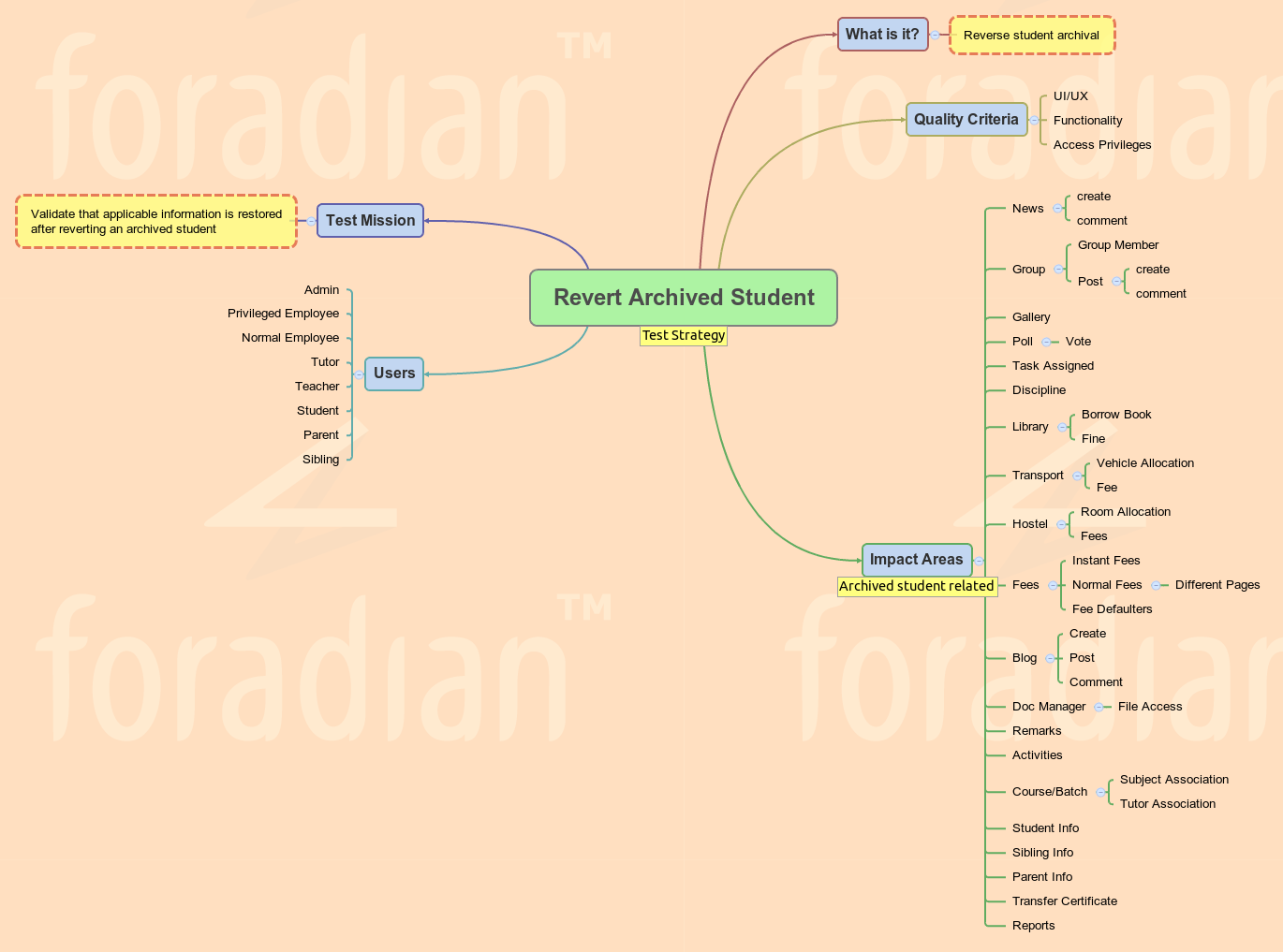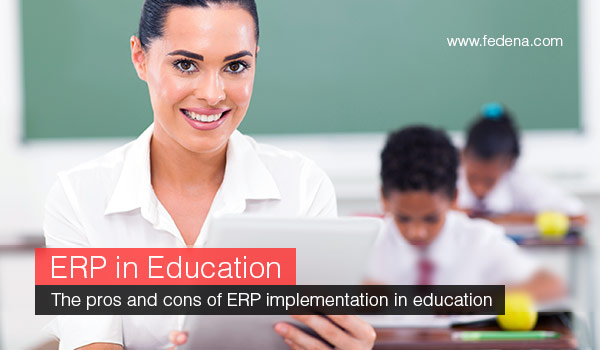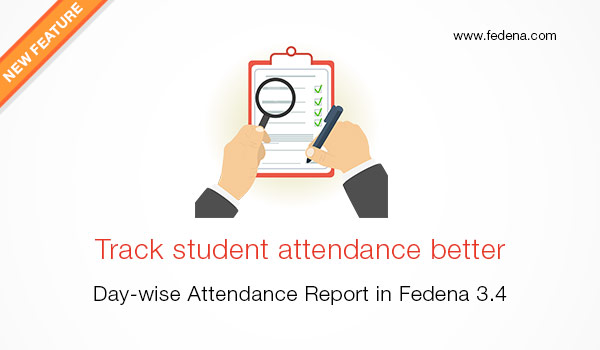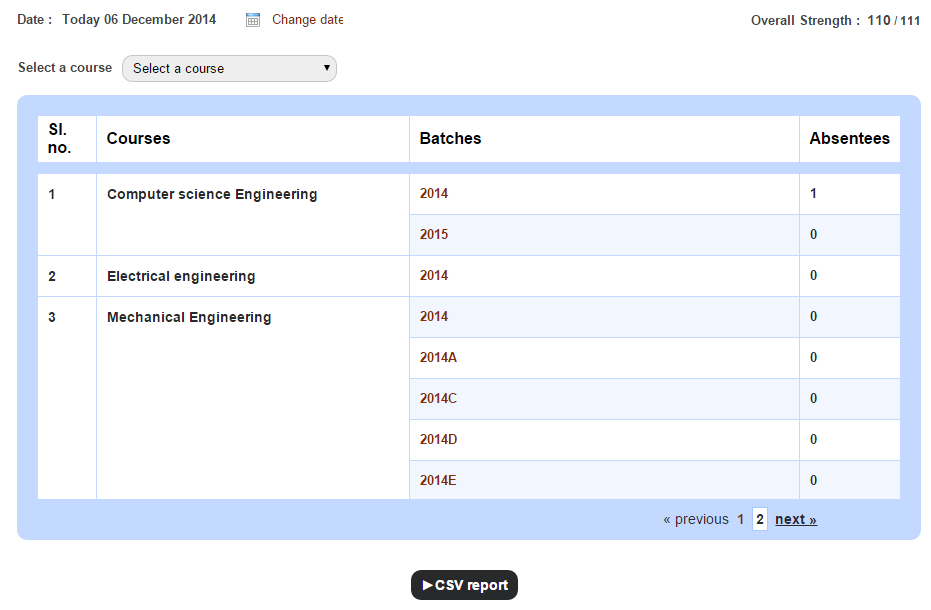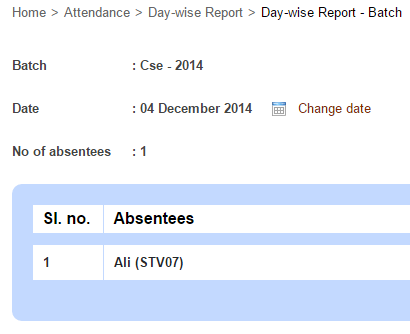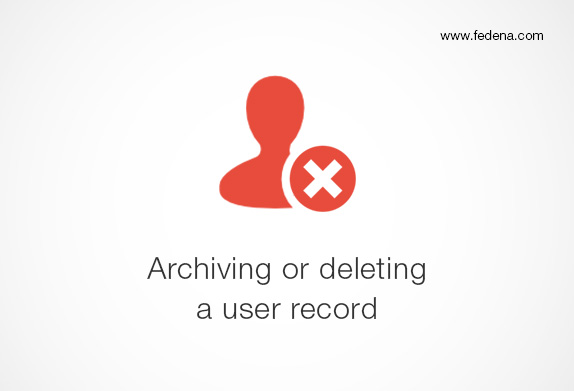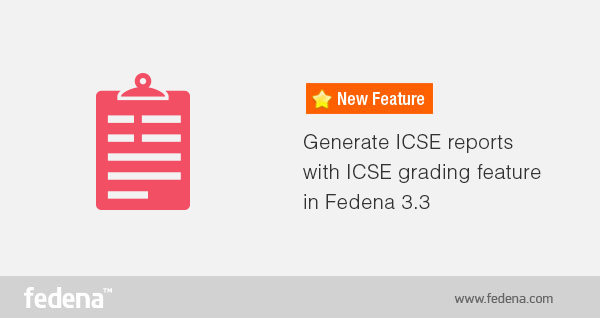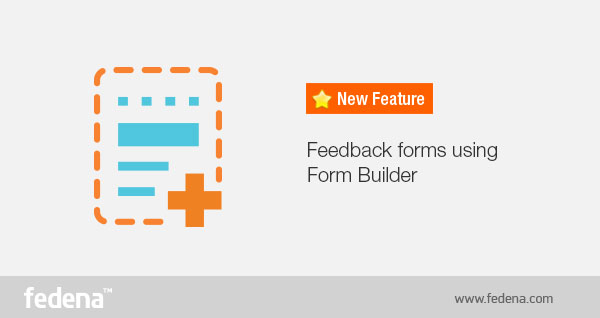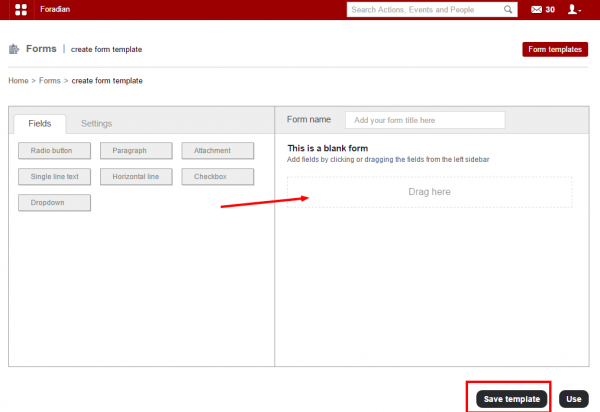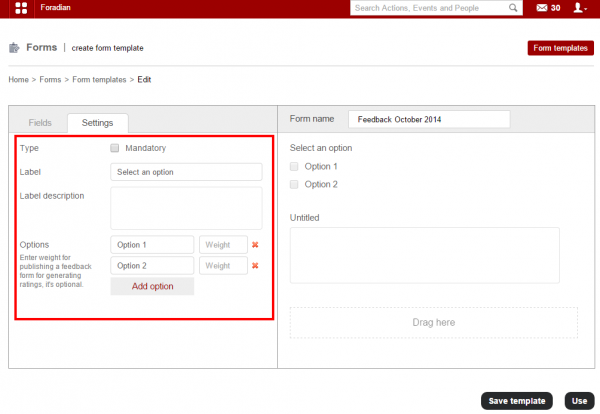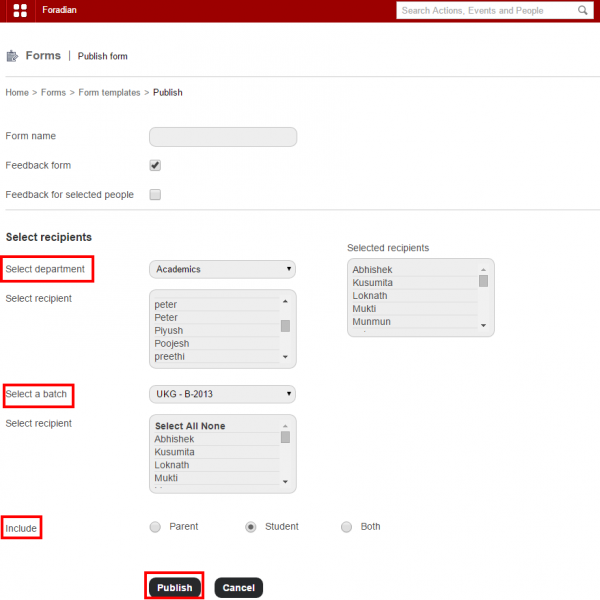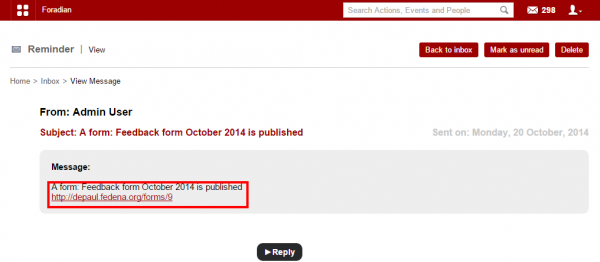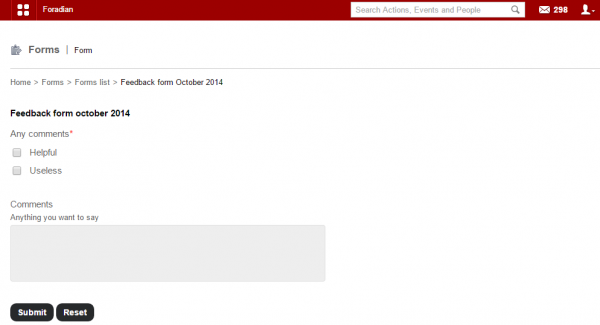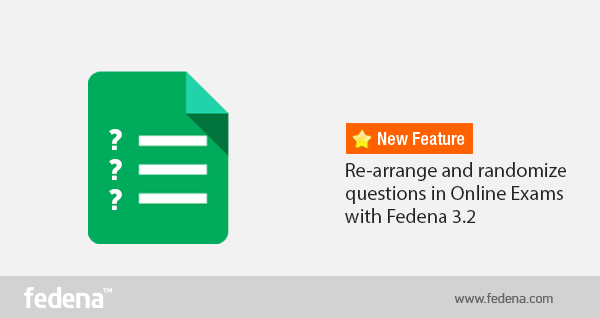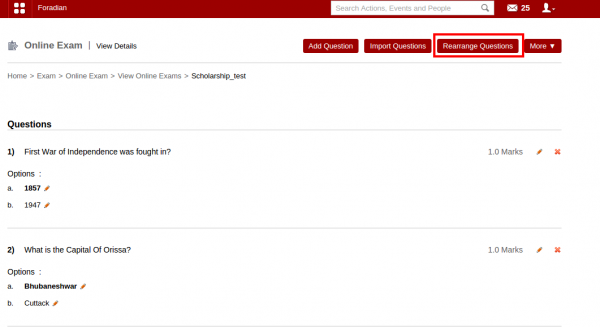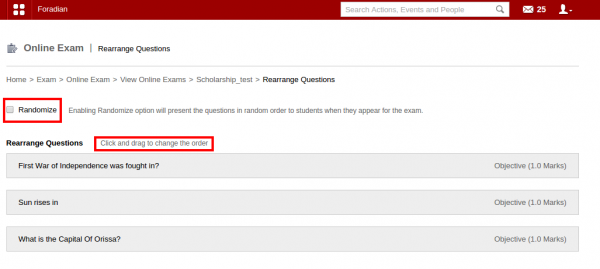
The latest version of Fedena has many new features as well as enhancements that extend its flexibility and benefits. One of the features added is the ability to add custom fields to record any information about your institution’s transport and hostels.
So the next time you use the Transport plugin to record vehicle and vehicle route information, or the Hostel plugin to record hostel and hostel room information, just remember, you can add custom fields to record any additional information deemed required or important to your institution.
Who can add custom fields?
Administrators and privileged employees (Transport Admin or Hostel Admin privilege must be provided) can add custom fields.
How to add custom fields?
Transport
- Go to the Transport module (Module access icon > Administration > Transport).
- Click Manage vehicle additional details to add custom fields to record additional information about your institution’s vehicles, or click Manage route additional details to add custom fields to record additional information about your vehicle routes.

- Enter the name of the custom field.
- Select the status of the custom field from the following options:
- Active – A custom field with this status will be available when recording vehicle or route information. For example, in the image below, the highlighted fields were custom added fields.

- Inactive – A custom field with this status will not be available when recording vehicle or route information.
- Active – A custom field with this status will be available when recording vehicle or route information. For example, in the image below, the highlighted fields were custom added fields.
- Select the Is mandatory checkbox to set this field as a mandatory field that must be filled.
- In the Input method field, select the field input method from the following options:
- Text Box – Enter brief text information.
- Text Area – Enter detailed text information.
- Select Box – Select an option from a drop-down list.
- Check Box – Select one or more items from a set of options.
- Click the Create button.
- Use the arrow icons (
 ) to determine the order the fields will appear in when recording vehicle or route information.
) to determine the order the fields will appear in when recording vehicle or route information.
Hostel
- Go to the Hostel module (Module access icon > Administration > Hostel).
- Click Manage hostel additional details to add custom fields to record additional information about your institution’s hostels, or click Manage room additional details to add custom fields to record additional information about your hostel rooms.
- The rest of the procedure is the same as for Transport.
Custom additional fields can be made inactive at any time by editing and selecting the Inactive radio button. Once a custom field is made inactive, it will no longer be available when recording transport or hostel information.

Custom fields can also be deleted, but only if it has not already been used to record transport or hostel information.
